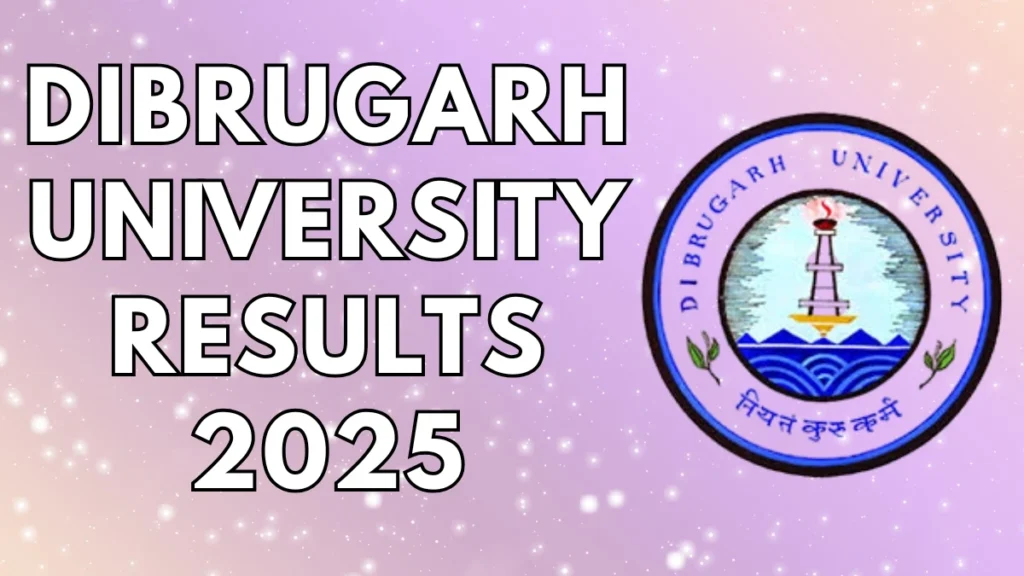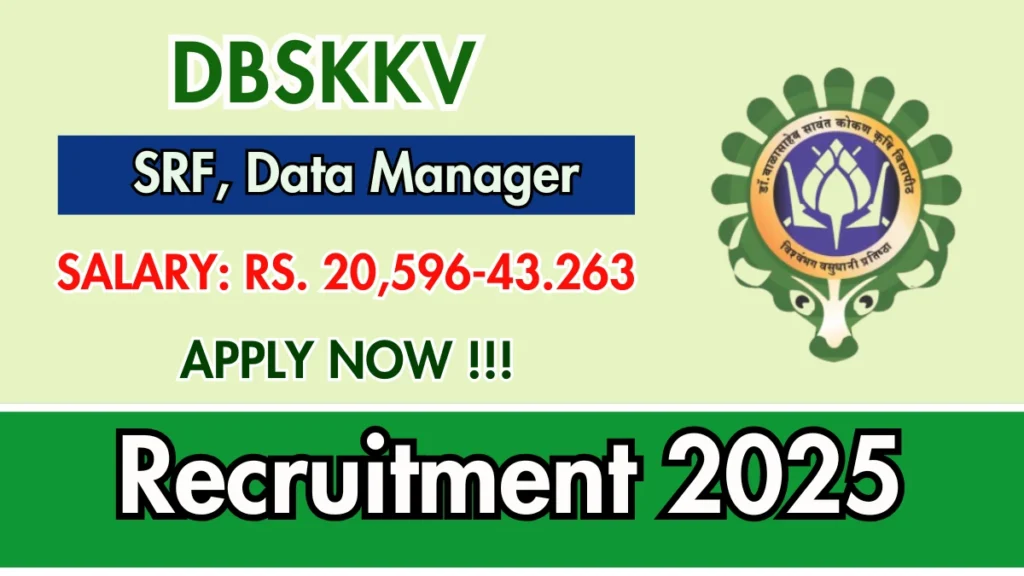By Ajay Paghdal
The modern workplace is rapidly evolving, and so are employee expectations. With remote and hybrid work models becoming standard, traditional reward systems are being re-evaluated.
According to Gallup’s 2023 global workplace report, only 23% of employees worldwide are engaged at work — a staggeringly low figure considering how vital engagement is to performance.
But did you know companies prioritizing employee reward and recognition report 21% greater profitability, 17% higher productivity, and 59% less turnover? That’s right!

But here’s the thing: Currently, things are no longer working as in the past. Employee appreciation systems are evolving, and organizations are moving beyond transactional rewards like annual bonuses or end-of-year gifts. Employees today want to be seen, valued, and rewarded in ways that resonate with their individual motivations and values.
So, how can an organization achieve that in their reward system? In this article, we explore a range of creative and effective employee reward strategies that go beyond the conventional, with real-world applications, psychological insights, and actionable ideas to help you build a reward system that fuels both motivation and productivity.
The Psychology Behind Rewards and Performance
Rewards tap into basic human psychology. The Expectancy Theory, developed by Victor Vroom, suggests that individuals are more likely to perform well if they believe their effort will lead to a desirable outcome. In essence, rewards reinforce the connection between effort and recognition.
Similarly, Maslow’s Hierarchy of Needs indicates that once basic financial needs are met, individuals seek esteem and self-actualization, both of which can be fulfilled through meaningful reward systems. This is why modern reward programs must offer more than just money. They must deliver experiences, growth, purpose, and emotional connection.
A 2022 report by Achievers Workforce Institute found that 64% of employees say recognition is more important than a salary increase, especially for organizational setups lacking physical proximity.
Furthermore, employees who are regularly recognized and feel their voice is heard are 4.6 times more likely to feel empowered to perform their best work, according to research by O.C. Tanner.
What Makes an Employee Reward Strategy Truly Effective?
Before diving into specific strategies, it’s important to understand the core elements that make a reward system effective. A well-designed employee reward system can significantly impact employee morale, motivation, and overall performance, benefiting both the employees and the organization.
1. Personalization
Personalization is crucial to making rewards meaningful. Generic rewards, such as standard gift cards or cash bonuses, can feel impersonal. Tailoring rewards based on individual interests and preferences shows employees that their efforts are truly appreciated.
For instance, a book lover may appreciate a subscription to Audible more than a restaurant gift card, while a fitness enthusiast might value a personalized gym membership.
2. Timeliness
Recognition must be timely to be effective. Delayed recognition can diminish its impact. Timely recognition signals to employees that their contributions are noticed and appreciated, motivating them to continue performing well.
Regular, on-the-spot recognition also cultivates a culture of employee appreciation, where employees feel valued throughout the year, not just during annual reviews.
3. Transparency and Equity
An effective reward system must be transparent and fair. Employees need to see clear criteria for what behaviors and achievements are being recognized. This clarity ensures they know how to earn rewards, fostering a sense of fairness.
To ensure fairness, organizations should establish clear, measurable metrics for performance, such as sales targets or project completions.A project management tool such as Kanban software allows you to easily monitor the progress of projects and task assignments at a glance.
4. Goal Alignment
A reward strategy should align with the company’s broader goals. Rewards should encourage behaviors that directly contribute to organizational long-term success. For instance, if innovation is a key priority, employees who contribute creative ideas should be recognized. Aligning rewards with company goals boosts motivation and ensures employees work toward a shared vision.
5. Scalability
As companies grow, their reward systems should scale with them. A reward system that works for a small team may not be effective for a larger organization. Scaling rewards effectively involves using digital tools to automate and streamline the process. For example, software can automatically trigger recognition when employees hit specific milestones.
Creative Employee Reward Strategies That Actually Work

Let’s explore diverse, creative, and high-impact strategies that organizations around the world are using to inspire their teams.
1. Peer-to-Peer Recognition Platforms
One of the most underrated yet effective forms of recognition is peer-to-peer recognition. Also called peer recognition, it involves employees openly recognizing each other’s contributions, talents, achievements, and skills.
There are numerous strategies you can use when deploying this recognition strategy. Tools like Bonusly, for instance, where employees give each other small point-based shout-outs that are redeemable into rewards is one.
These systems enhance transparency and foster a company culture of collaboration. And remember to focus on group recognition just as much as the individual. The goal is to create a culture that not only reinforces positive workforce behavior at the individual level but also when working as a team.
2. Experiential and Memory-Based Rewards
Material items fade, but experiences create lasting memories. Organizations usually offer both, but recent times have seen most of them switch from giving tangible items to experiential rewards.
The reason behind that is simple: People tend to derive more happiness from experiences than from material purchases, as revealed by a study published in the Journal of Consumer Psychology.
Some of the Ideas Include:
- Weekend getaway vouchers
- Tickets to local events or sports games
- Personalized culinary or hobby workshops
- Family passes to amusement parks
And as you consider offering employees experiences as rewards, remember personalization is crucial. You have to be sure that whatever you offer aligns with the interests of the employee you’re recognizing.
For instance, a tech firm in San Diego offers “choose your own adventure” rewards, allowing top performers to pick from a list of curated experiences.
3. Professional Development Opportunities
Learning is rewarding and a business investment. High performers are often hungry for knowledge and will appreciate it if their recognition comes through being afforded opportunities to learn.
Effective Rewards Might Include:
- Sponsored certifications or online courses (Coursera, LinkedIn Learning)
- Attendance at international conferences
- Mentorship or coaching sessions with senior leaders
- Job rotation opportunities to expand skills
Providing learning opportunities for top performers doesn’t just motivate them to keep working hard. It also improves their loyalty to the organization. A report on LinkedIn revealed that 94% of employees would stay longer at a company that invests in their development.
4. Wellness-Focused Rewards
Health and wellness has become top priorities for employees, and organizations are increasingly offering rewards that support their overall well-being. These rewards not only show employees that their health is a priority but also help boost engagement and productivity.
One common wellness reward you can offer your employees is gym or fitness reimbursements, encouraging employees to stay active, reduce stress, and improve energy levels. Mental health is also a key focus, with subscriptions to mindfulness apps like Calm or Headspace providing tools for stress management and mental clarity.
In addition, with remote work on the rise, companies are also investing in ergonomic equipment for home offices, such as standing desks and comfortable chairs, to promote physical comfort and prevent injury.
Statistically, companies with strong wellness programs register 66% higher productivity, a 67% increase in overall job satisfaction, a 63% increase in financial stability and growth, and a decline in absenteeism by half.
5. Flexibility as a Reward
Flexibility is highly valued, especially in post-pandemic work culture. That makes it a thoughtful option when offered as a reward.
Ideas to Implement:
- Remote work days or “work from anywhere” weeks
- Early-off Fridays or four-day work weeks for top performers
- Unlimited vacation days (monitored by performance metrics)
Several studies have revealed that professionals would be more loyal to employers, more likely to recommend them, and more willing to go the extra mile as long as they offered flexible work options.
Example: One creative agency rewards its monthly MVP with a “Digital Nomad Week”, allowing them to work from any location, paid.
6. Surprise and Delight Initiatives
Surprises break the monotony and create emotional bonds. And here’s the good thing: They don’t need to be extravagant.

Here are some of the ideas you can consider in this case:
- Offering thank-you cards
- A surprise lunch delivery
- Unexpected small bonuses or Amazon gifts
- Desk or virtual workspace decorations for achievements
When used as an acknowledgement for the most impactful employees, these gestures often make a more profound impact than formal recognition because they’re genuine and unexpected.
7. Gamified, Points-Based Reward Systems
Gamified reward systems let employees earn points for achievements like hitting goals, collaborating, or demonstrating company values. These points can be redeemed for rewards, giving employees choice and immediate gratification.
Leaderboards, badges, and team challenges add a fun, competitive element while increasing the visibility of accomplishments. This regular recognition boosts morale and motivation across teams.
According to TalentLMS, 89% of employees feel more productive, 83% more motivated, and 88% feel happier when gamification is used in the workplace. It’s a simple, scalable way to encourage performance and engagement while making rewards feel more meaningful.
8. Recognition Through Titles and Status
Another clever way to offer recognition is to offer titles and statuses to the top performers. Status-based rewards still hold weight, and there are many ways you can incorporate them into the organization.
Titles like “Employee of the Month,” “Innovation Champion,” or “Customer Hero” give employees visible status and a sense of pride in their work.
This kind of recognition boosts self-esteem and reinforces positive behavior. When done publicly through internal newsletters, meetings, or even a wall of fame, it shows that the company values its people, which strengthens engagement and team morale.
Recognition titles can be paired with perks like reserved parking or a budget for business attire to reinforce a professional image.
To add icing on the cake, you can pair these non-monetary privileges with perks like premium parking spots, speaking opportunities, or special lunches with the CEO.
9. Purpose-Driven Rewards
Aligning rewards with employees’ personal values, such as philanthropy, creates deeper emotional fulfillment.
Examples Include:
- Donating to a charity of their choice on their behalf
- Sponsoring a community initiative led by the employee
- Giving them volunteer days to support causes they love
79% of employees prefer to work for companies with a purpose they believe in (Cone Communications).
10. Leveraging Technology to Streamline Rewards
As you come up with reward systems for employees, it’s essential to leverage the power of technology in managing recognition across teams. With just a few clicks, managers can send digital thank-yous, award points, or track milestones, all in real-time.
These tools integrate with systems like Slack, Teams, or HR software, making recognition fast, consistent, and data-driven. They also help companies analyze trends, ensuring rewards stay relevant and impactful. By automating the process, organizations save time while keeping motivation high.
Measuring the ROI of Reward Programs
To ensure employee reward programs are truly effective, organizations must measure their return on investment (ROI). This involves looking beyond just costs and asking: Are these rewards driving better performance, retention, and engagement?
One way to measure ROI is through productivity metrics, such as increased output, faster project completion, or improved quality of work. HR teams can also track retention rates, employee satisfaction scores, and participation levels in reward initiatives. For example, if turnover drops after introducing a points-based recognition system, that’s a strong indicator of impact.
Feedback surveys are another valuable tool. Asking employees how rewards influence their motivation or how meaningful they find the recognition provides direct insight into program effectiveness.
In modern reward programs, integrating a culture of recognition and rewards can significantly boost morale and loyalty among team members. When people feel their contributions are noticed and valued beyond just their paycheck, it reinforces intrinsic motivation. This positive reinforcement sustains higher engagement levels over time and encourages employees to stay committed for the long haul, underscoring that thoughtful acknowledgment is as critical to retention as financial incentives.
Common Challenges — and How to Address Them
Implementing a new reward program isn’t without its hurdles. Here are some of the most common:
- Budget Constraints: Rewarding employees comes with financial cost to the organization, whether the rewards are tangible or intangible. For organizations working under a tight budget, low-cost rewards like public praise, peer recognition, or time-off incentives can still suffice.
- Perceived Favoritism: When rewards are seen as biased or only given to a select few, it can create resentment and lower team morale. To combat this and ensure that you create a work environment where every employee believes they stand an equal chance of being acknowledged, establish transparent criteria for recognition and involve multiple team members or managers in the nomination process to ensure fairness and inclusivity.
- Cultural Sensitivity in Global Teams: What’s considered a great reward in one culture may not hold the same value in another. For global teams, it’s important to understand regional preferences and avoid one-size-fits-all approaches.
- Fatigue or Staleness: Over time, even the best reward programs can lose their impact if they don’t evolve. To keep things fresh, rotate incentives regularly, introduce seasonal themes, or solicit new ideas from employees to maintain excitement and interest.
Tips for Designing Your Own Reward System
Here’s how to get started or refine your program:
- Survey your team to understand what motivates them.
- Create a rewards menu with options across categories: experience, learning, wellness, philanthropy, etc.
- Establish clear criteria for earning rewards that are visible and objective.
- Mix instant rewards with long-term recognition to keep momentum.
- Communicate and celebrate every recognition—make it visible.
Conclusion
In today’s knowledge-based economy, employees are not just assets. They’re the heartbeat of your organization. Rewarding them thoughtfully is not a luxury, but rather, it’s a strategic imperative.
Creative reward strategies rooted in personalization, flexibility, and meaning foster higher engagement, improve retention, and ignite innovation. Whether your company is a lean startup or a global enterprise, embracing the power of creative employee recognition can transform not just productivity but your entire workplace culture.
Start small, iterate often, and above all, listen to your people. The ROI on appreciation is always positive.





